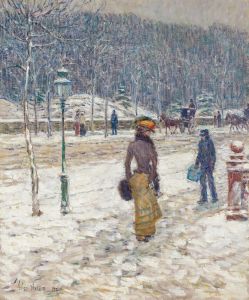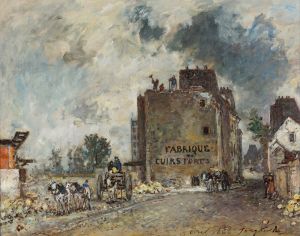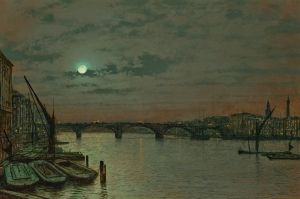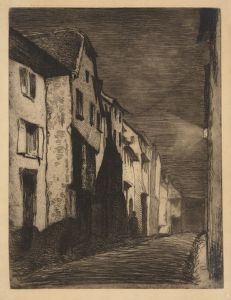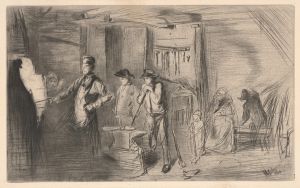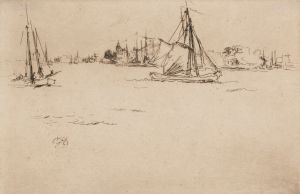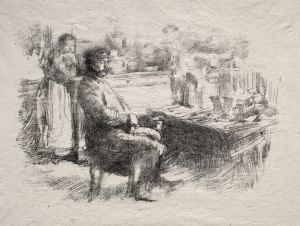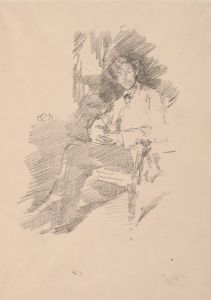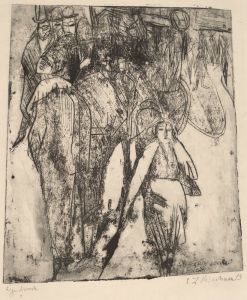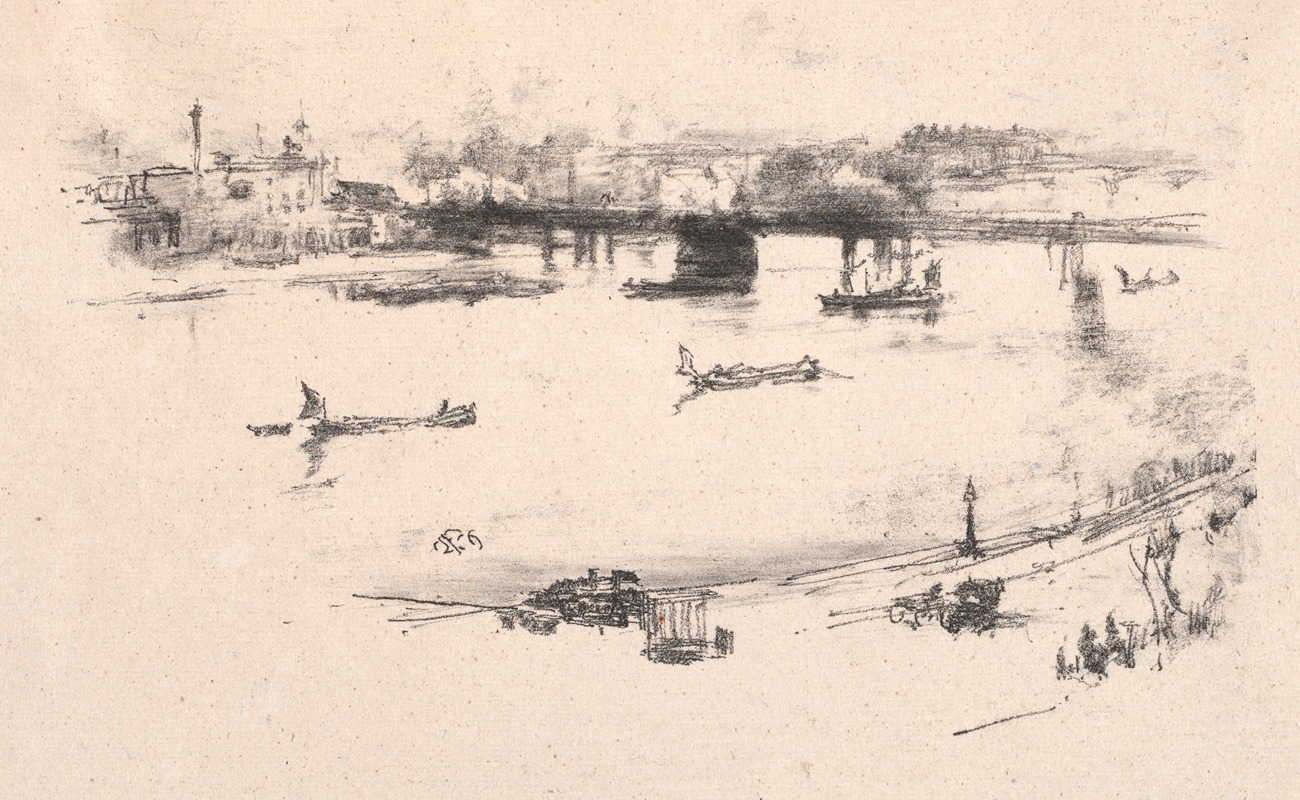
Charing Cross Railway Bridge
A hand-painted replica of James Abbott McNeill Whistler’s masterpiece Charing Cross Railway Bridge, meticulously crafted by professional artists to capture the true essence of the original. Each piece is created with museum-quality canvas and rare mineral pigments, carefully painted by experienced artists with delicate brushstrokes and rich, layered colors to perfectly recreate the texture of the original artwork. Unlike machine-printed reproductions, this hand-painted version brings the painting to life, infused with the artist’s emotions and skill in every stroke. Whether for personal collection or home decoration, it instantly elevates the artistic atmosphere of any space.
James Abbott McNeill Whistler's Charing Cross Railway Bridge is a painting that exemplifies the artist's innovative approach to landscape and urban scenes during the late 19th century. Whistler, an American-born artist who spent much of his career in Europe, is renowned for his contributions to the Aesthetic Movement and his focus on mood, tone, and composition over strict realism. This work is part of his series of paintings and pastels depicting the River Thames in London, a subject that fascinated him for its atmospheric qualities and dynamic interplay of light and color.
The painting captures the Charing Cross Railway Bridge, a significant architectural structure spanning the Thames. Whistler's depiction of the bridge is notable for its emphasis on the interplay between the built environment and the natural elements of the river and sky. Rather than focusing on precise architectural details, Whistler employs a soft, almost ethereal style, using muted tones and a limited color palette to evoke the mood of the scene. This approach aligns with his broader artistic philosophy, which prioritized the emotional and aesthetic experience of the viewer over literal representation.
Charing Cross Railway Bridge is often associated with Whistler's "Nocturnes," a series of works that explore the effects of light and atmosphere in urban and natural settings, particularly at twilight or night. These works are characterized by their subtle gradations of tone and their ability to convey a sense of tranquility and introspection. Whistler's technique in these paintings often involved thin layers of paint and a delicate, almost impressionistic touch, which helped to create the dreamlike quality for which his work is celebrated.
The exact date of the painting is not definitively documented, but it is generally believed to have been created during the 1870s, a period when Whistler was deeply engaged with his Thames series. This was also a time when industrialization and urbanization were transforming London, and Whistler's work often reflects a nuanced perspective on these changes, blending the modern and the timeless.
Charing Cross Railway Bridge is held in the collection of the Tate in London, where it continues to be appreciated as a significant example of Whistler's mastery of mood and atmosphere. The painting is frequently studied in the context of Whistler's broader body of work and his influence on both the Aesthetic Movement and later developments in modern art.
Whistler's approach to this subject demonstrates his ability to find beauty in the everyday and to elevate urban and industrial scenes to the level of fine art. His work on the Thames remains a cornerstone of his artistic legacy, offering viewers a glimpse into the interplay of light, water, and the human-made structures that define the landscape of 19th-century London.





